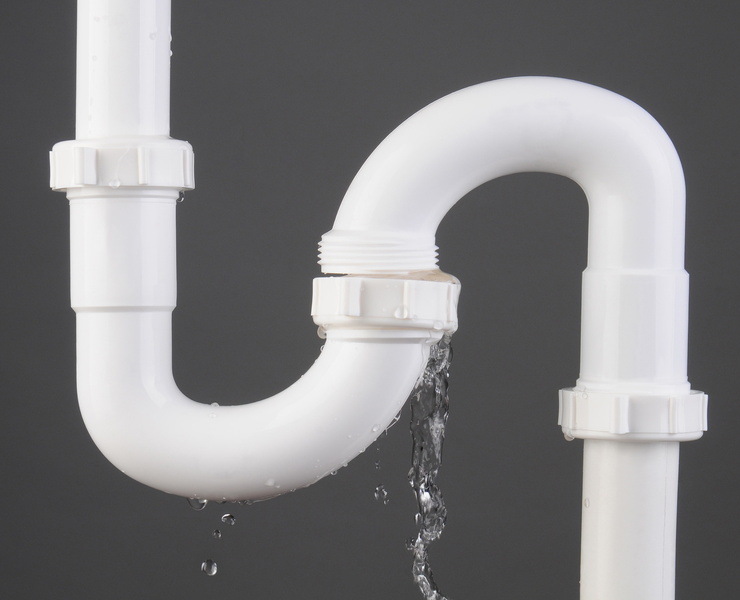Everybody maintains their unique idea when it comes to Locating water leaks.

Early discovery of dripping water lines can minimize a potential catastrophe. In addition to conserving you money, it will reduce the aggravation and aggravation. The moment you find a leakage, calling your plumber for repair work is the very best option. Some small water leakages might not be visible. Here are some hacks that help if you can not spot it with your nude eyes.
1. Examine the Water Meter
Every home has a water meter. Inspecting it is a proven manner in which helps you find leakages. For beginners, shut off all the water sources. Guarantee nobody will certainly purge, use the faucet, shower, run the cleaning device or dishwashing machine. From there, go to the meter and also watch if it will transform. Because no one is utilizing it, there should be no movements. If it relocates, that indicates a fast-moving leakage. If you discover no changes, wait an hour or 2 and examine back again. This means you may have a slow-moving leak that could also be below ground.
2. Check Water Consumption
If you identify abrupt adjustments, regardless of your intake being the same, it means that you have leakages in your plumbing system. An unexpected spike in your bill suggests a fast-moving leak.
A constant increase every month, even with the exact same practices, shows you have a slow leak that's likewise slowly rising. Call a plumber to completely examine your building, particularly if you feel a warm location on your flooring with piping below.
3. Do a Food Coloring Test
30% comes from toilets when it comes to water consumption. Test to see if they are running properly. Decrease flecks of food color in the container and wait 10 minutes. There's a leak in between the tank and also bowl if the shade in some way infiltrates your bowl during that time without flushing.
4. Asses Exterior Lines
Don't fail to remember to inspect your outside water lines also. Ought to water seep out of the link, you have a loose rubber gasket. One little leak can waste lots of water as well as increase your water expense.
5. Analyze the circumstance as well as check
Home owners need to make it a habit to examine under the sink counters as well as also inside closets for any kind of bad odor or mold development. These two red flags show a leak so prompt focus is needed. Doing routine examinations, also bi-annually, can conserve you from a major trouble.
If you know your residence is already old, keep a watchful eye on your heating units, hose pipes, pipelines and so on. Check for stainings and also weakening as a lot of appliances and pipes have a life expectancy. They will certainly likewise normally weaken as a result of wear and tear. Do not wait for it to escalate if you suspect dripping water lines in your plumbing system. Call a professional plumber immediately so you do not end up with an awful mess in your home.
Early discovery of leaking water lines can mitigate a possible catastrophe. Some tiny water leaks might not be noticeable. Inspecting it is a proven means that aids you discover leaks. One little leakage can waste lots of water and surge your water expense.
If you think dripping water lines in your plumbing system, do not wait for it to intensify.
How to Know If Your Home Has a Hidden Leak
Water Meter Reveals Inexplicable Water Usage
If you’d like to test whether or not there’s a leak somewhere in your home, you can do this using your water meter. Here is how to conduct the test:
Don’t use any water in your home for at least 30 minutes; this also means not turning on faucets or water-using appliances.
Go outside, and check your water meter for activity.
If your water meter shows that there was activity, even though no one was using any water, this proves that there is a leak in your home.
Visible Mold or Mildew Growth
Leaks behind walls create moist, dark environments that allow mold and mildew to grow and thrive. Eventually, you might see mold growth forming on the wall closest to a hidden leak.
If mold is growing in an area that receives a high amount of moisture, such as a bathroom, it may simply be an indication that better ventilation is needed. However, if you see mold growth on a wall or the ceiling in an area where you would not expect, you probably have a hidden leak.
Musty, Mildew Odor
Sometimes you might not be able to see the mold or mildew that is growing as a result of a leak. However, the smell can give the problem away just as easily. If you catch a whiff of something musty, there’s a good chance that old water is collecting somewhere in your home that you can’t see.
Stained/Warped Walls, Ceilings, or Floors
When your home soaks up water, a variety of red flags can become visible, including ceiling stains, bubbling drywall, warped walls, and sagging floors. While these issues can be caused by excess humidity, they can also be signs that a pipe or plumbing connection has started leaking behind your walls.
Inexplicably High Water Bill
After a while, you get a general sense for what your water bill should be. If you own a pool or sprinkler system, your bill will tend to be higher during summer. However, if you receive a water bill that seems especially high, and you can’t figure out what caused it, then you may have a hidden leak somewhere that’s increasing your bill.
https://www.plumbingjoint.com/blog/2019/july/how-to-know-if-your-home-has-a-hidden-leak/

I discovered that content about Finding hidden leaks while doing a search on the web. So long as you appreciated our blog posting plz make sure you remember to share it. Many thanks for your time. Visit us again soon.
Comments on “Exactly how to Locate and Fixing Water Leaks-- A Comprehensive Guide”